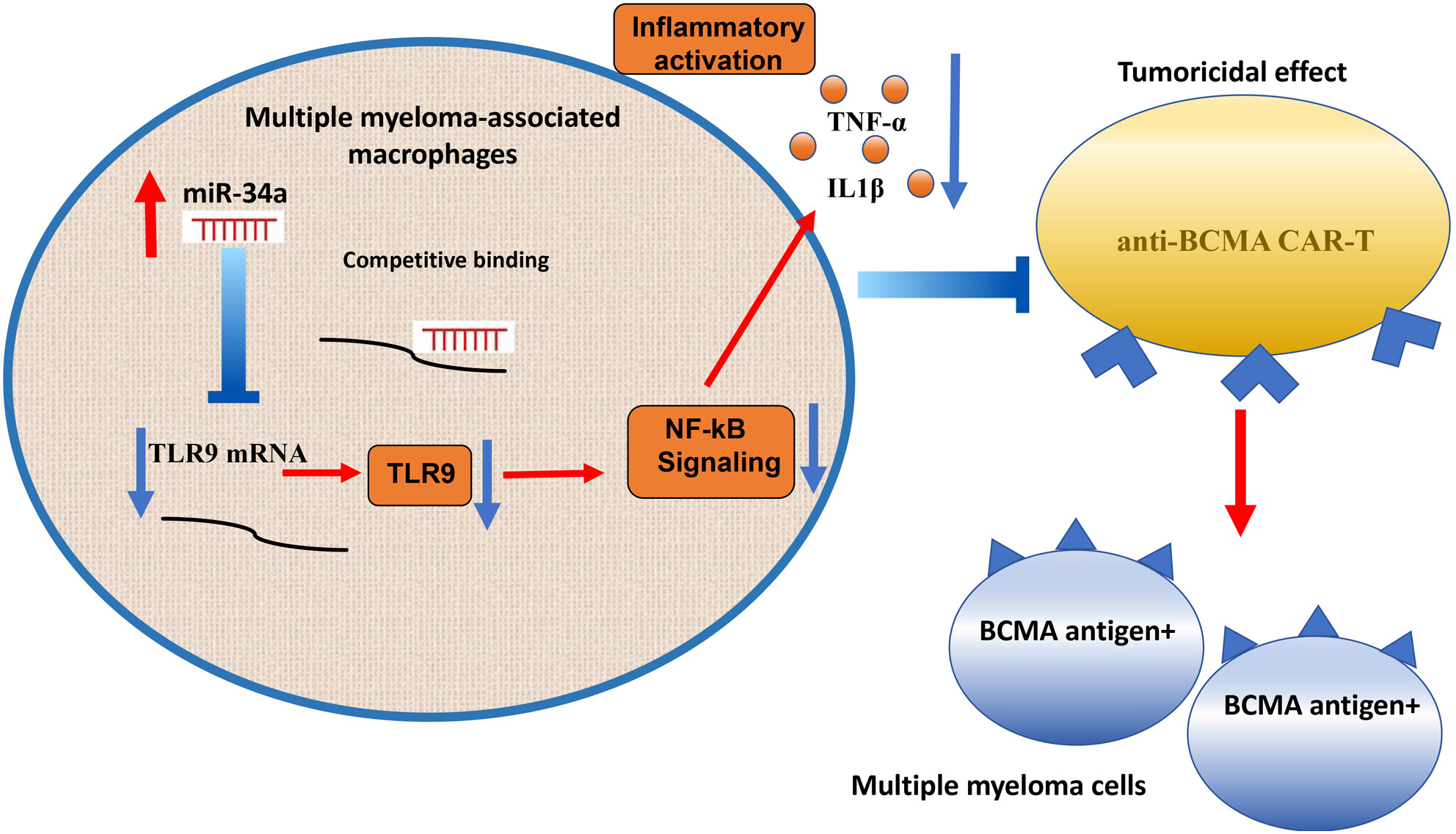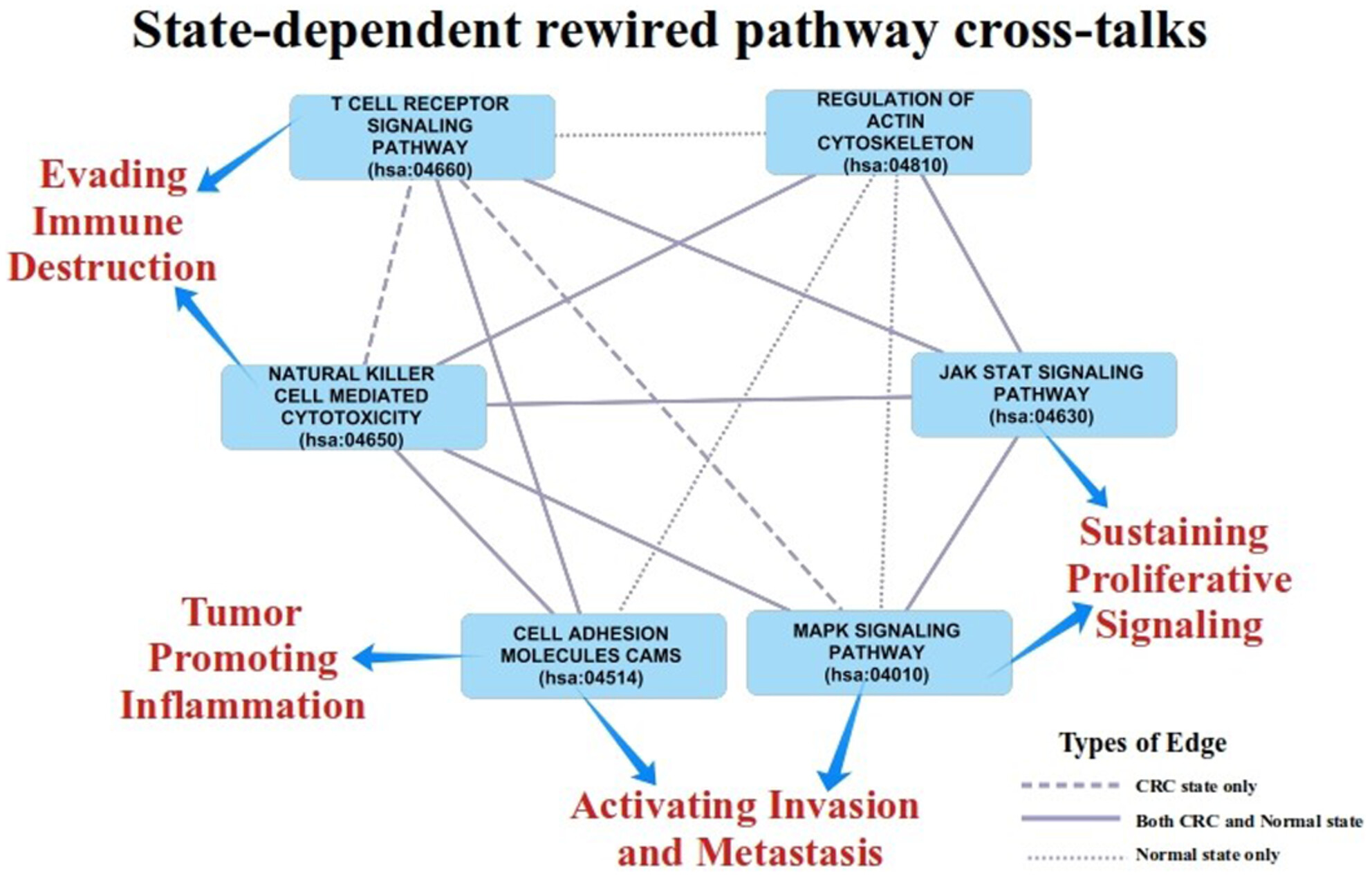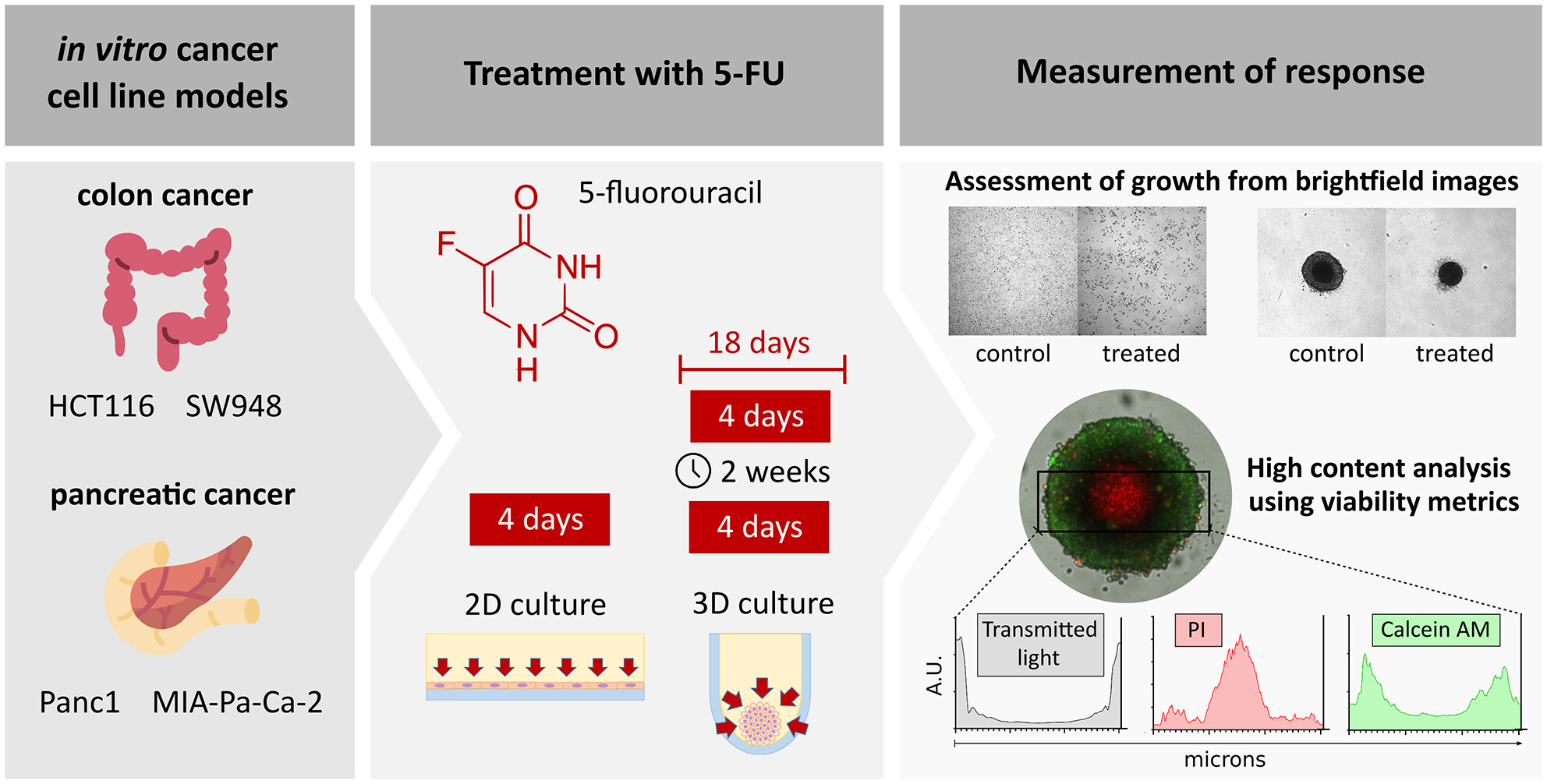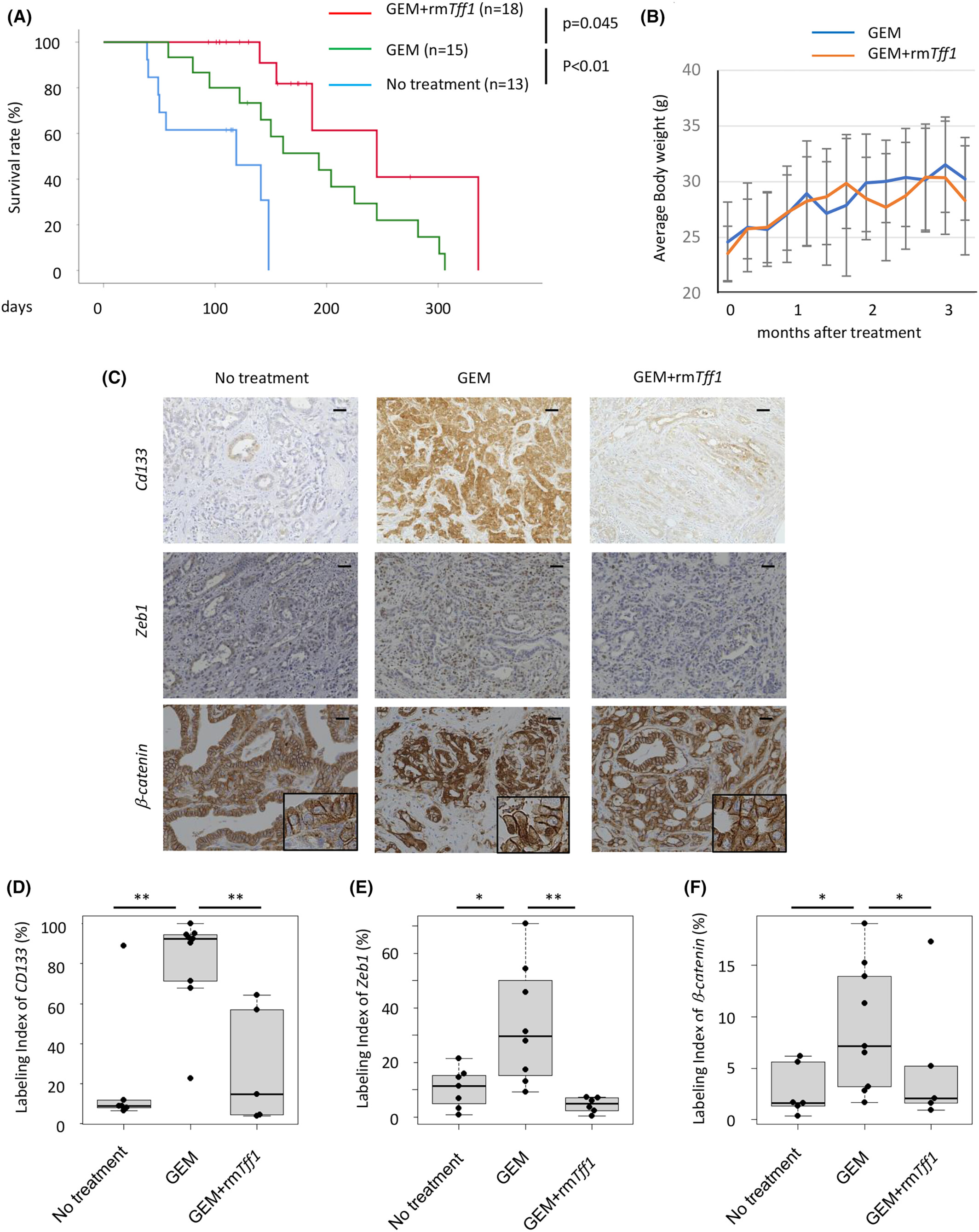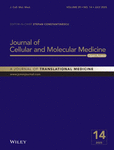Journal list menu
Export Citations
Download PDFs
COVER IMAGE
Cover Image
- First Published: 28 June 2024
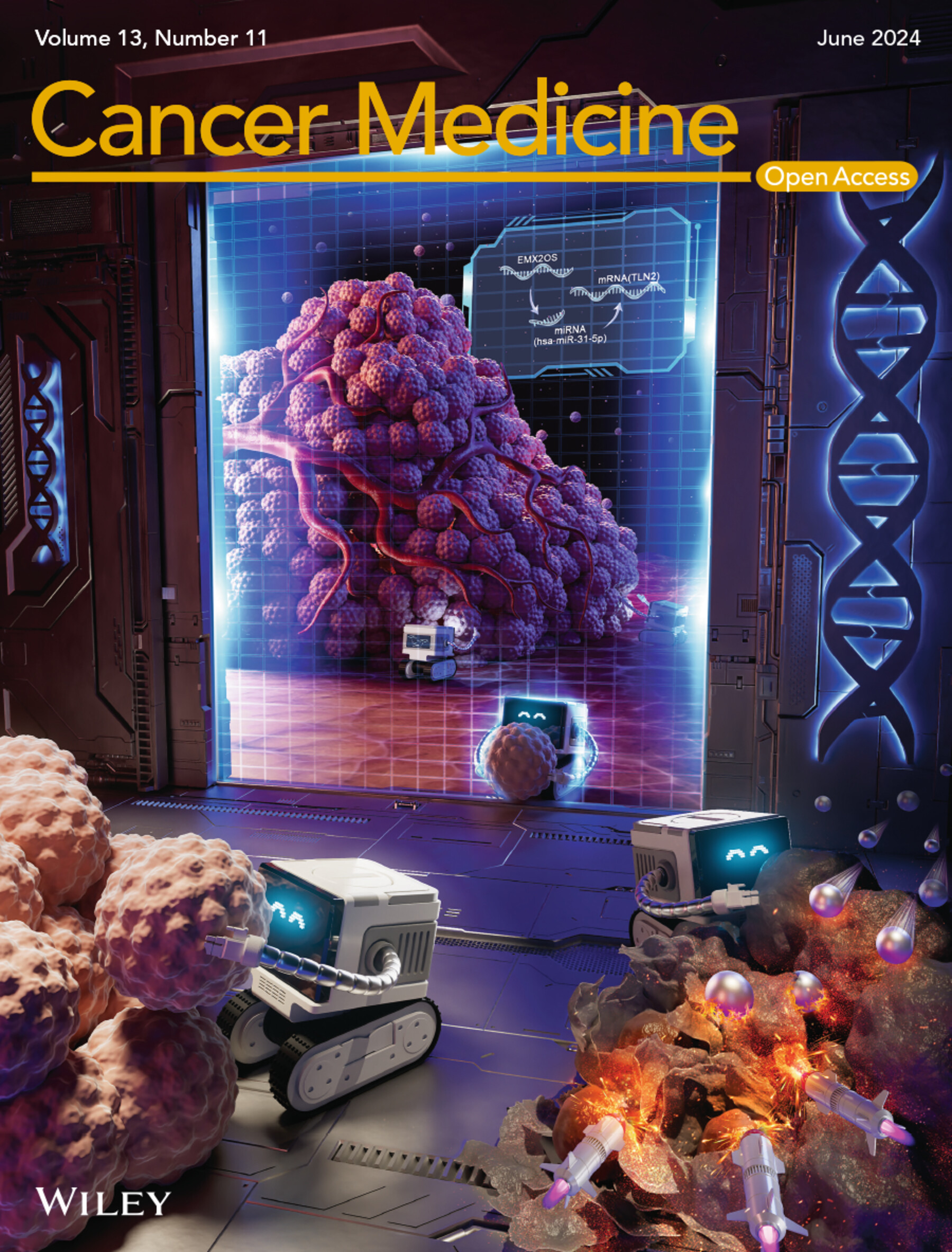
The cover image is based on the Research Article Exosome-related lncRNA score: A value-based individual treatment strategy for predicting the response to immunotherapy in clear cell renal cell carcinoma by Zhan Yang et al., https://doi.org/10.1002/cam4.7308.
ISSUE INFORMATION
RESEARCH ARTICLES
The machine learning-based model for lateral lymph node metastasis of thyroid medullary carcinoma improved the prediction ability of occult metastasis
- First Published: 29 May 2024
Exosome-related lncRNA score: A value-based individual treatment strategy for predicting the response to immunotherapy in clear cell renal cell carcinoma
- First Published: 29 May 2024
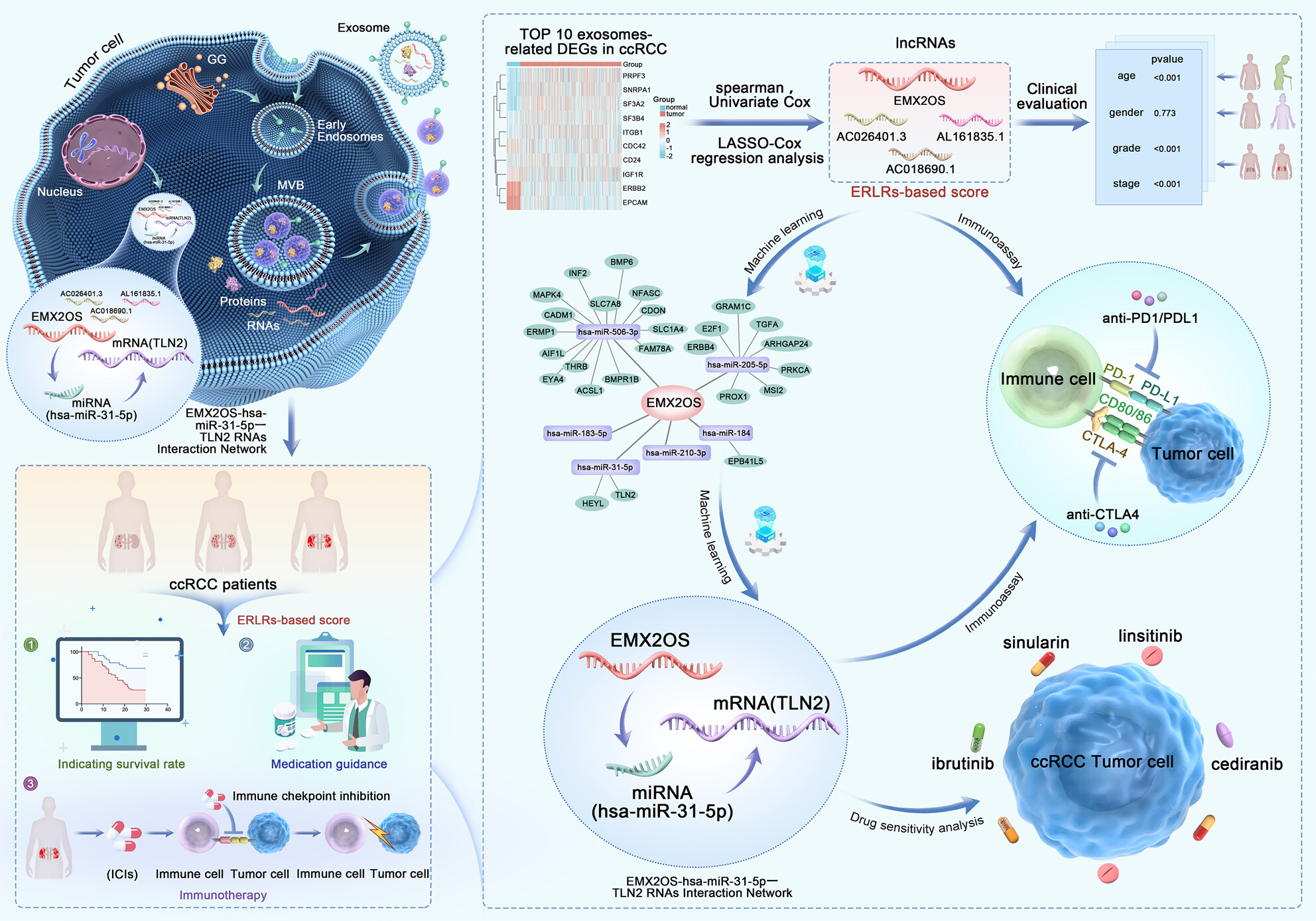
Exosome-related lncRNAs potentially involved in ccRCC pathogenesis with distinctive prognosis and management strategy. Based on four key lncRNAs (EMX2OS, AC026401.3, AL161835.1, and AC018690.1), we constructed an exosome-related lncRNAs score to evaluate its independent prognostic value for ccRCC patients. As the most important ERLR among the four key ERLRs, EMX2OS was screened through mechanical learning and clinical validation, and act as a ceRNA to mediate its downstream network. To further analyze immune and drug sensitivity responses to ccRCC, we finally focus on the effect of EMX2OS on hsa-miR-31-5p/TLN2 axis. ERLR: exosome-related lncRNA; GG: Golgi apparatus; MVB: multivesicular body; ICI: immune checkpoint inhibitors; ccRCC: clear cell renal cell carcinoma.
Efficacy of first-line dual oral pyrotinib plus capetabine therapy in HER2-positive metastatic breast cancer: A real-world retrospective study
- First Published: 29 May 2024
RETRACTION
RETRACTION: LINC01224 accelerates malignant transformation via MiR-193a-5p/CDK8 axis in gastric cancer
- First Published: 30 May 2024
RESEARCH ARTICLES
Effect of body mass index and cholesterol-rich apolipoprotein-B-containing lipoproteins on clinical outcome in NSCLC patients treated with immune checkpoint inhibitors-based therapy: A retrospective analysis
- First Published: 31 May 2024
A dynamic nomogram for predicting pathologic complete response to neoadjuvant chemotherapy in locally advanced rectal cancer
- First Published: 31 May 2024
Lumbar functional evaluation of pelvic bone sarcomas after surgical resection and spinal pelvic fixation: A clinical study of 304 cases
- First Published: 31 May 2024
Prevalence and biopsychosocial indicators of fatigue in cancer patients
- First Published: 31 May 2024
Novel non-invasive molecular signatures for oral cavity cancer, by whole transcriptome and small non-coding RNA sequencing analyses: Predicted association with PI3K/AKT/mTOR pathway
- First Published: 31 May 2024
REVIEWS
RESEARCH ARTICLES
Association of preoperative elevated lipoprotein (a) with poor survival in patients with biliary tract cancers
- First Published: 31 May 2024
Real-world study on the characteristics, post-nephrectomy journey, and outcomes of patients with early-stage renal cell carcinoma based on risk groups
- First Published: 03 June 2024
Preliminary outcomes of boron neutron capture therapy for head and neck cancers as a treatment covered by public health insurance system in Japan: Real-world experiences over a 2-year period
- First Published: 03 June 2024
Remodelin delays non-small cell lung cancer progression by inhibiting NAT10 via the EMT pathway
- First Published: 03 June 2024
Targeting the core program of metastasis with a novel drug combination
- First Published: 03 June 2024
Omicron neutralization character in patients with breast cancer and liver cancer after the nationwide omicron outbreak
- First Published: 03 June 2024
Comparison of SOX and CAPOX in patients with advanced gastric cancer after laparoscopic D2 gastrectomy: A randomized controlled trial
- First Published: 03 June 2024
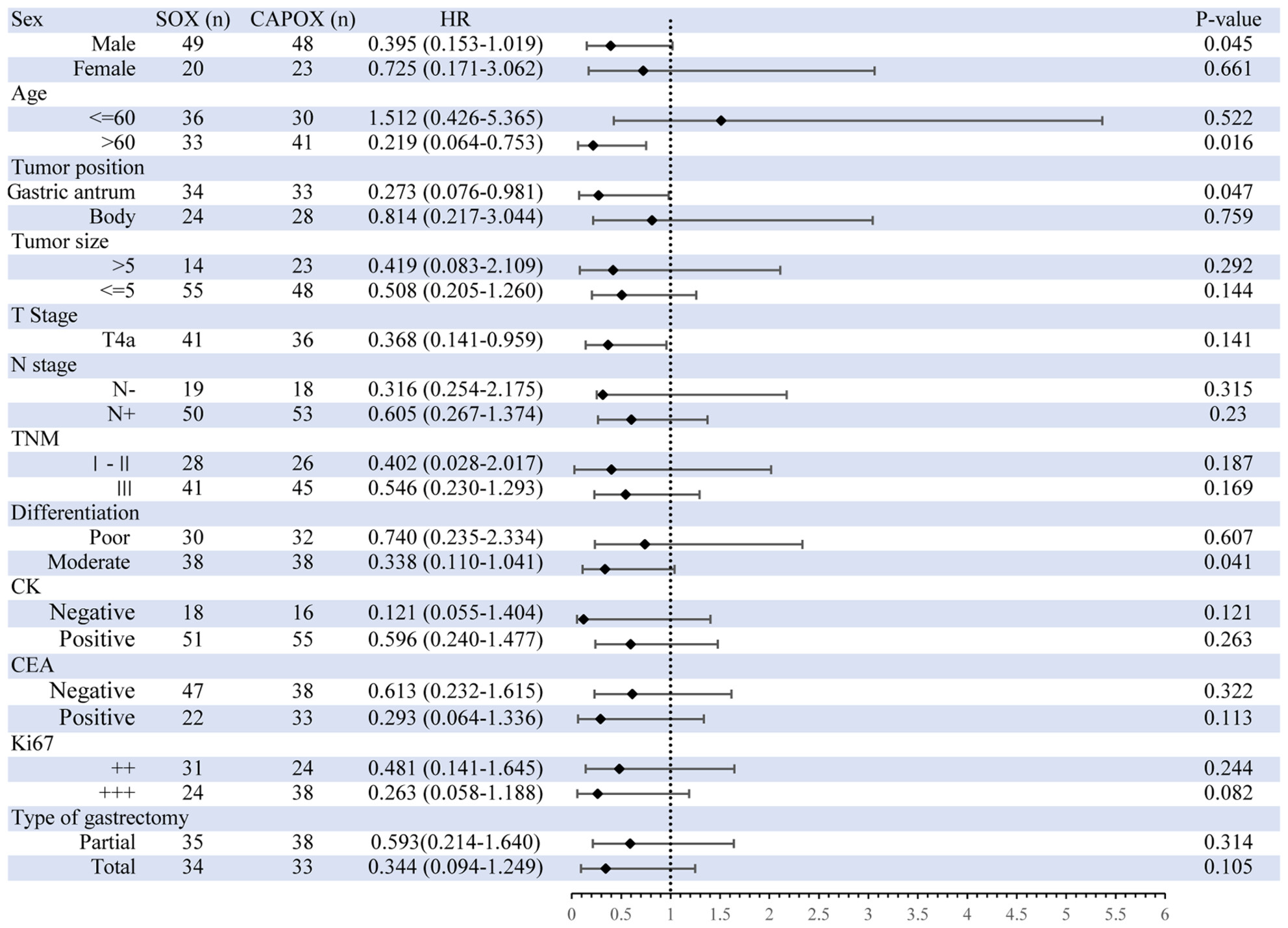
A prospective randomized controlled trial was performed to evaluate the efficacy of S-1 plus oxaliplatin (SOX) and capecitabine plus oxaliplatin (CAPOX) regimens for patients with advanced gastric cancer (GC) who underwent laparoscopic D2 radical gastrectomy. In the subgroup analysis, the group of patients with male sex, age >60 years, tumors in the gastric antrum, and moderately differentiated tumors showed significantly better overall survival for the SOX regimen.
Myc rearrangement redefines the stratification of high-risk multiple myeloma
- First Published: 07 June 2024
Afraid and tired: A longitudinal study of the relationship between cancer-related fatigue and fear of cancer recurrence in long-term cancer survivors
- First Published: 07 June 2024
Can a nomogram predict apical prostate cancer pathology upgrade from fusion biopsy to final pathology? A multicenter study
- First Published: 07 June 2024
Association between anxiety, depression, and symptom burden in patients with advanced colorectal cancer: A multicenter cross-sectional study
- First Published: 07 June 2024
Safety and feasibility analysis of rapid daratumumab infusion in Chinese patients with multiple myeloma
- First Published: 07 June 2024
Tumor treating fields for newly diagnosed high-grade glioma based on the criteria of 2021 WHO CNS5: A retrospective analysis of Chinese patients in a single center
- First Published: 10 June 2024
The clinical, molecular, and therapeutic implications of time from primary diagnosis to brain metastasis in lung and breast cancer patients
- First Published: 07 June 2024

This study investigates the interval between the primary diagnosis and the development of brain metastases in lung and breast cancer patients, highlighting risk factors associated with shorter intervals. Employing retrospective analysis of patient data, the study identifies clinical, molecular, and therapeutic predictors that could inform early intervention strategies to potentially enhance clinical outcomes in high-risk patients.
Predictive capacity of immune-related adverse events and cytokine profiling in neoadjuvant immune checkpoint inhibitor trials for head and neck squamous cell carcinoma
- First Published: 07 June 2024
Prognosis of unresected versus resected early-stage pulmonary carcinoid tumors ≤3 cm in size: A population-based study
- First Published: 10 June 2024
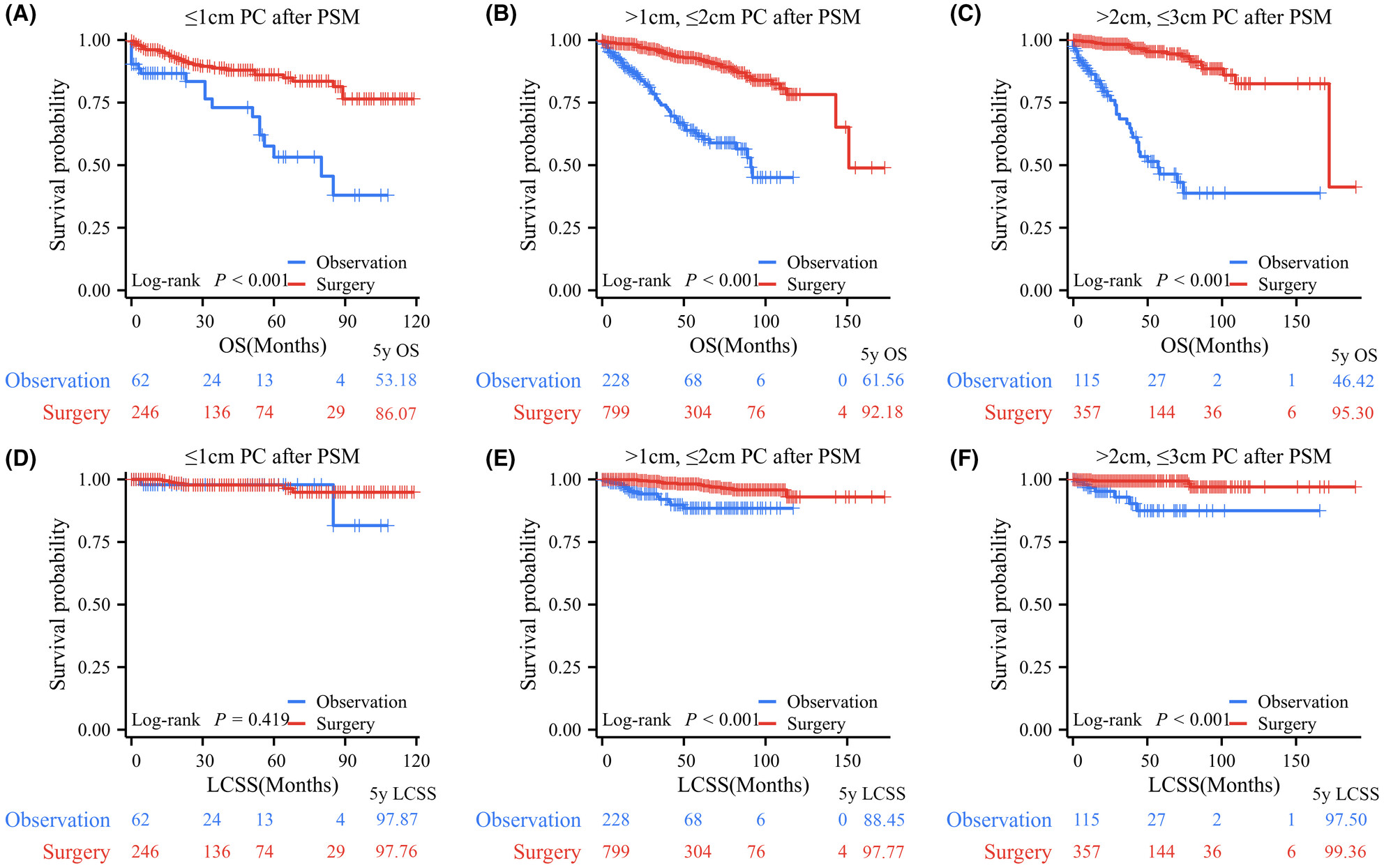
This is the first cohort study with the largest number of early-stage pulmonary carcinoids (PCs) to focus on the comparison of outcomes between observation and surgical resection in patients with early-stage PC tumors ≤3 cm in size without lymph node or distant metastasis. After propensity score matching, patients in the observation group had comparable lung carcinoid-specific survival to those in the surgery group for PCs with tumor diameters ≤1 cm, which indicated that observation may be considered in patients with high risk for surgical resection for early PCs ≤1 cm in diameter.
Explainable machine learning predicts survival of retroperitoneal liposarcoma: A study based on the SEER database and external validation in China
- First Published: 07 June 2024
Predictive factors for peripheral blood stem cell mobilization in multiple myeloma in the era of novel therapies: A single-center experience
- First Published: 08 June 2024
Survival outcome and predictors of WHO grade 2 and 3 insular gliomas: A classification based on the tumor spread
- First Published: 08 June 2024
Favorable outcome of neoadjuvant endocrine treatment than surgery-first in female HR-positive/HER2-negative breast cancer patients—A NCDB analysis (2010–2016)
- First Published: 10 June 2024
Identification of PSMD11 as a novel cuproptosis- and immune-related prognostic biomarker promoting lung adenocarcinoma progression
- First Published: 10 June 2024
Integrated whole-exome and bulk transcriptome sequencing delineates the dynamic evolution from preneoplasia to invasive lung adenocarcinoma featured with ground-glass nodules
- First Published: 12 June 2024
Prevalence and prognosis of hypoxia-inducible factor-2α (HIF-2α) pathway gene mutations across advanced solid tumors
- First Published: 12 June 2024
REVIEWS
Advances in research on factors affecting chimeric antigen receptor T-cell efficacy
- First Published: 12 June 2024
RESEARCH ARTICLES
A clinical-radiomic-pathomic model for prognosis prediction in patients with hepatocellular carcinoma after radical resection
- First Published: 12 June 2024
Long non-coding RNA as potential diagnostic markers for acute myeloid leukemia: A systematic review and meta-analysis
- First Published: 12 June 2024
miR-34a promotes the immunosuppressive function of multiple myeloma-associated macrophages by dampening the TLR-9 signaling
- First Published: 12 June 2024
REVIEWS
RESEARCH ARTICLES
Internal validation of Automated Visual Evaluation (AVE) on smartphone images for cervical cancer screening in a prospective study in Zambia
- First Published: 13 June 2024
More competent informal caregivers reduce advanced cancer patients' unplanned healthcare use and costs
- First Published: 13 June 2024
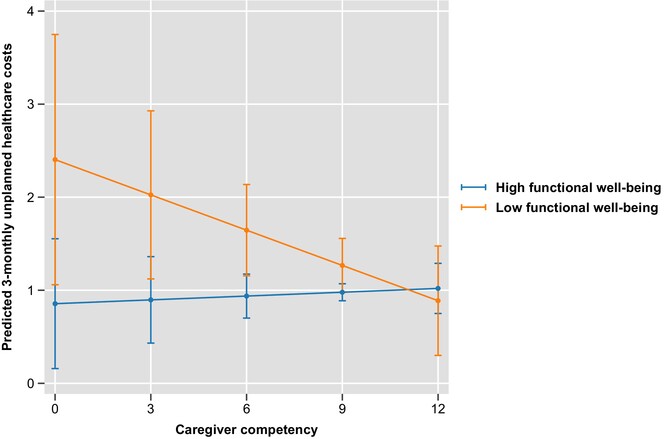
Towards the end of life, cancer patients use unplanned healthcare which can be potentially preventable. This paper shows that as patients' condition deteriorate, caregivers play an important role in reducing unplanned healthcare use and costs, thus also potentially contributing to reducing the economic burden of cancer.
Diagnostic and prognostic significance of circulating secreted frizzled-related protein 5 in colorectal cancer
- First Published: 14 June 2024
Integrative network analysis of transcriptomics data reveals potential prognostic biomarkers for colorectal cancer
- First Published: 14 June 2024
Cross-sectional study of therapy-related expectations/concerns of patients with metastatic renal cell carcinoma and physicians in Japan
- First Published: 13 June 2024
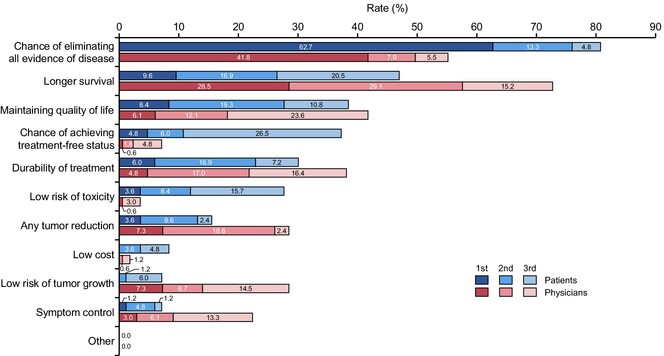
Patient-centric treatment of metastatic renal cell carcinoma (mRCC) requires understanding the treatment expectations and concerns of patients and their physicians. In this cross-sectional study, we analyzed web surveys from 83 mRCC patients and 165 treating physicians and found significant discrepancies in their treatment perspectives. This study highlights that improvements in communication between mRCC patients and their physicians are needed to achieve appropriate patient-centric care.
Renal cell carcinoma and risk of second primary cancer: A Danish nationwide cohort study
- First Published: 13 June 2024
Comparing in vitro cytotoxic drug sensitivity in colon and pancreatic cancer using 2D and 3D cell models: Contrasting viability and growth inhibition in clinically relevant dose and repeated drug cycles
- First Published: 13 June 2024
Fertility preservation in male adolescents with cancer (2011–2020): A retrospective study in China
- First Published: 13 June 2024
High glucose inhibits autophagy and promotes the proliferation and metastasis of colorectal cancer through the PI3K/AKT/mTOR pathway
- First Published: 13 June 2024
Trefoil factor 1 suppresses stemness and enhances chemosensitivity of pancreatic cancer
- First Published: 13 June 2024
TRIM8 promotes ovarian cancer proliferation and migration by targeting VDAC2 for ubiquitination and degradation
- First Published: 17 June 2024
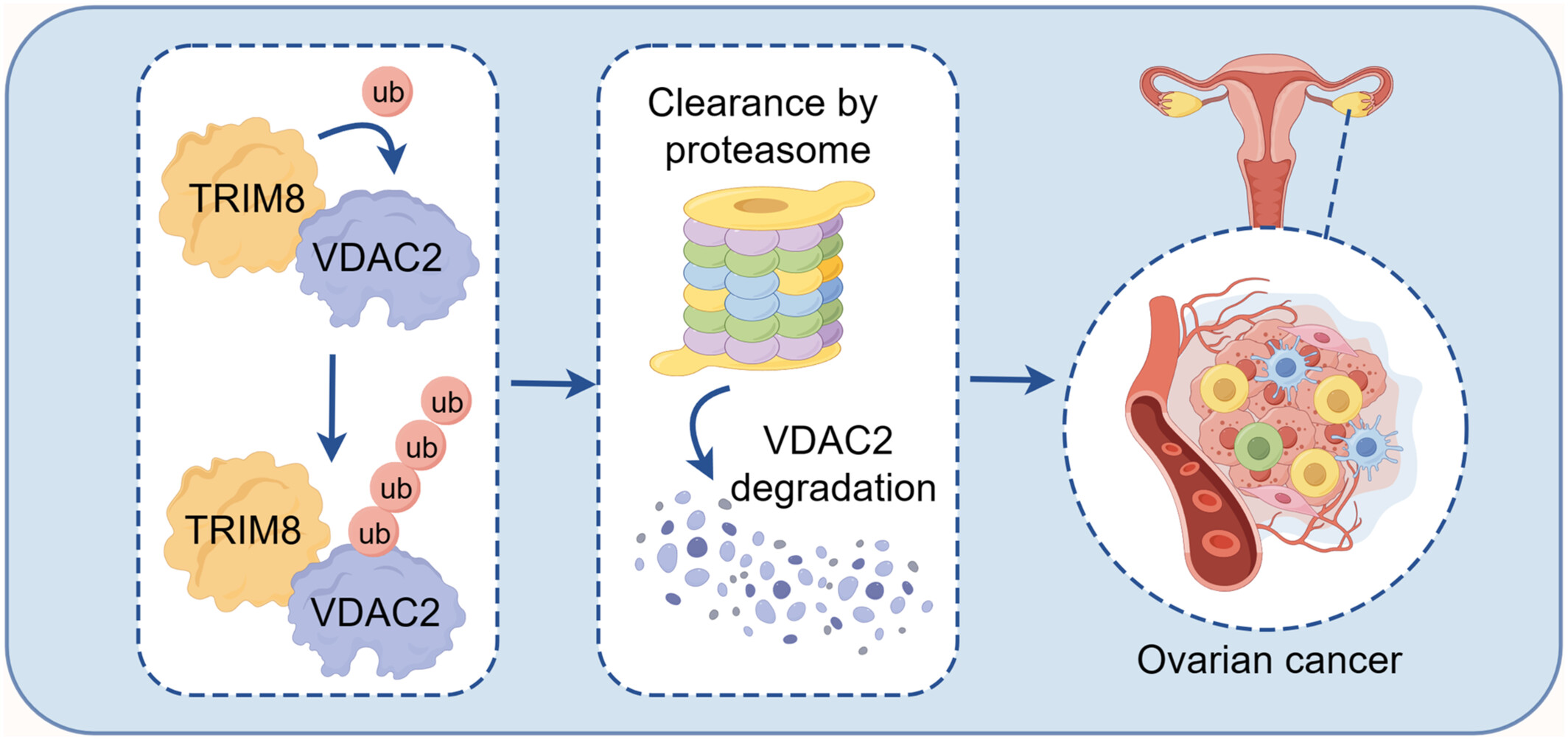
TRIM8 degraded VDAC2 through the ubiquitination pathway, increased the resistance of ovarian cancer cells to iron death, and promoted the proliferation and migration of ovarian cancer. This study is the initial demonstration of the cancer-promoting effects of TRIM8 in ovarian cancer by means of a distinct mechanism that involves the regulation of VDAC2.
Comparison of clinical and MRI features of brain metastases between ALK+ and ALK- NSCLC
- First Published: 17 June 2024





